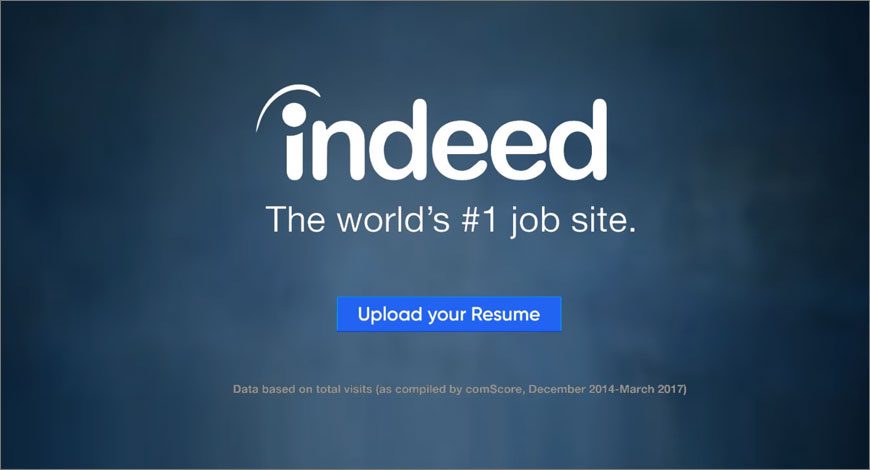
The cost of advertising on Indeed can vary widely depending on your niche, the size of your website and the number of ad formats you use. You’ll also need to factor in how much it will cost to place ads with AdSense and other Google programs. If you’re just getting started, we recommend starting with smaller advertising budgets until you get a feel for what works for your site and the competition. Consider these 5 tips when determining how much it costs to advertise on Indeed.
How to calculate the cost of advertising on Indeed
The cost of advertising on Indeed.com depends on a variety of factors. The most important is your niche and the competitiveness of your market. If your niche is a bit out of the blue, you’ll likely be penalized. You also need to consider the size of your website. The cost of an ad on a large website will cost a bit more than an ad on a small website.
What’s included in Indeed’s advertising rates?
In addition to the cost of running ads, Indeed.com charges a fixed fee for each ad slot. The cost of each ad slot varies depending on the size of your ad and the type of ad slot you choose. There are six different ad slots on Indeed: – In-text ads – These require your ad to be inside of a blog post or article. You can only place in-text ads in articles that are at least 6 months old. – Out-of-text ads – These ads are placed outside of articles but still inside of your site. You can only place out-of-text ads on niche sites. – Out-of-site ads – These ads are placed outside of your site but still inside of Indeed’s network. You can choose to have your ads run in just a local market or across the entire country. – In-site ads – These ads are placed inside of your site. You can only place in-site ads on your main page. – Call-to-action ads – These ads include a call-to-action button at the end of your ad. You can only place call-to-action ads in your main page.
Determine how many ad slots you need
You’ll need to determine how many ad slots you need to maximize your ROI. Large advertisers using Google Ads might choose a PPC campaign with only a couple of keywords and a few ad variations. But even though these campaigns are very cost-effective, they’re not ideal for small businesses. Most small businesses will find it much more costly to use a few keywords and few variations of their ads.If your niche is very competitive, you might only need one or two ad slots. But if your niche is less competitive or less competitive than your competitors, you might want to add more ad variations and/or more ad slots. If you’re starting out, it’s best to start with one or two ad slots until you get a feel for what works. You might want to start with a small budget, and then as you get more familiar with how your competitors are doing and how your site is performing, you can slowly increase the budget.
Calculate the daily rate for your ads
To calculate the daily rate for your ads, multiply the cost per 1,000 impressions (or 1,000 views) by the number of ad slots.For example, if your cost per 1,000 impressions is $0.25, your daily rate will be $6. You can find this information in your account by clicking on the “cost per 1,000 impressions” section.
Add a call-to-action in your ad and write a headline
Since many of the ad slots are only available to in-text ads, the call-to-action (CTA) at the end of your ad is the only option for most of your ad slots. You can also include a CTA in your out-of-site ads. To optimize your call-to-action (CTA), write a compelling headline that will encourage click-throughs. Try to include keywords in your headline that are relevant to your ad.If your call-to-action leads to a webpage, include your keyword in the headline of that webpage. If your CTA leads to an email, include your keyword in the subject line. If your CTA leads to an action, such as booking an appointment, include your keyword in the call-to-action.
Add your images and other assets to your ad and write your description
If you choose to use images and other assets in your ads, you’ll want to add them to your ad before you write your description. The image will be your thumbnail and the other asset will be the full-size version of your image. You’ll want to include your keywords in your description.If you choose to use only your image in your ad, you’ll want to keep your keywords at the end of the line before your image. If you choose to use other assets, you’ll want to keep your keywords at the beginning of your description.
Add text for your call to action and conclude
If you choose to include a call-to-action (CTA), keep your description brief. You can also add a call-to-action in the last sentence of your description. Keep your description as short as possible and keep your description focused on a single topic.Your description should not be more than 250 words. Keep your description focused on your call-to-action and don’t include any general information about your business.
Conclusion
The cost of advertising on Indeed can vary widely depending on your niche, the size of your website and the number of ad formats you use. You’ll also need to factor in how much it will cost to place ads with AdSense and other Google programs. If you’re just getting started, we recommend starting with smaller advertising budgets until you get a feel for what works for your site and the competition.



Leave a Reply